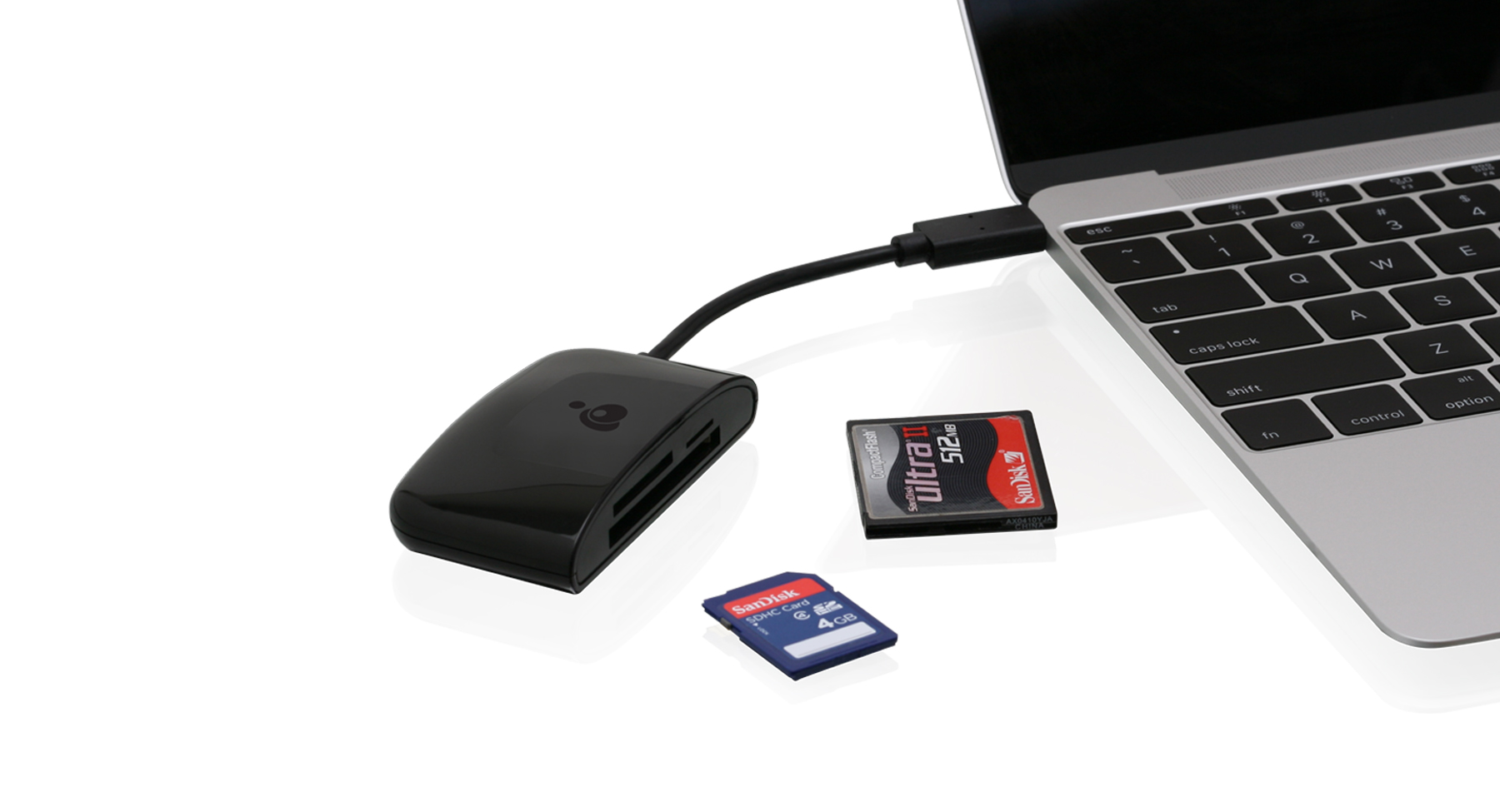3 Slot Picture
#39557063 - Slot Machine Spin Concept Photo. Slot Machine Closeup. Add to Likebox #81783656 - Arcade Center Games Machines. Pictogram depicts people and gamers. Add to Likebox #101257251 - Retro game machines with joysticks and big screens set. Shop for Tribecca Black 3-slot Photo Frame. Get free shipping On EVERYTHING. at Overstock - Your Online Home Decor Outlet Store! Get 5% in rewards with Club O! Sep 13, 2016 - Explore Bambie's board 'Winning Slot Machine Pictures' on Pinterest. See more ideas about slot machine, slot, wheel of fortune.
Arm Slot refers to the angle, relative to the ground, that the pitcher's arm comes through at the Release Point. In the best, healthiest pitchers, Arm Slot is determined by Shoulder Tilt; the Arm Slot rises as the pitcher's shoulders tilt.
IStock 3d Slot Set Stock Photo - Download Image Now Download this 3d Slot Set photo now. And search more of iStock's library of royalty-free stock images that features Abundance photos available for quick and easy download. Product #: gm95414792 $ 33.00 iStock In stock. Empty RAM slots. Open the Task Manager and go to the Performance tab. Select ‘Memory’ and under the memory graph, look for the Slots used field. It will tell you how many of the total slots are currently in use. In the screenshot below, the system has a total of 2 slots, and one of them is in use.
In the picture above, Johnny Cueto is demonstrating a very typical three quarters Arm Slot, as in three quarters of the way up between submarine and overhand.
That's important, and I mention it, because, by mandating a pitcher's Shoulder or Head Tilt, as Tom House does, you — by necessity — are forcing them to throw from a certain Arm Slot. That's a problem due to the relationsip between Arm Slot and injuries in kids, at least.
In general, a pitcher's Arm Slot isn't a huge contributor to injuries.
In adults.
As a result, Arm Slot isn't my main focus, at least when it comes to injuries.
In adults.
However, there is some evidence that lower Arm Slots — low 3/4 and sidearm — are bad for kids, at least.
For instance, according to The Relationship of Throwing Arm Mechanics and Elbow Varus Torque...
Contrary to the hypothesis, decreased arm slot was also associated with increased elbow varus torque.

And, anecdotally, I hurt my arm tryng to throw sidearm to submarine, so I taught my boys to throw more over the top.
I summarize my work on pitching injuries in The Epidemic.
Myths
The origin of this piece was a few years ago when I was going through my files and came across an article in which the author described the three different arm slots...

- Overhand
- 3/4
- Sidearm
As I read through, I found there were a couple of problems with the assumptions that underlay the article, starting with the relationship between Arm Slot and Elbow Angle.
The first problem that I had with the article is a minor one. generally, there are four main arm slots that pitchers throw from...
- Overhand
- 3/4
- Sidearm
- Submarine

Of course, the truth is that there are an infinite number of arm slots ranging from 45 degrees below the horizontal (submarine) to 75 or 80 degrees above the horizontal (overhand).
The bigger problem I had was how it described the 3/4 arm slot and, in particular, how it is achieved.
In the picture that accompanied the article, the author described the 3/4 arm slot as one in which the shoulders were horizontal, the Pitching Arm Side (PAS) upper arm was also horizontal (such that the PAS elbow was at the level of the shoulders), and the PAS forearm was vertical (with the PAS elbow bent 90 degrees).
The problem is that this isn't an accurate description of the 3/4 arm slot because it isn't physically possible. There is no way for someone to throw (at speed) while keeping their PAS forearm vertical.
Instead, as the shoulders start to turn, the PAS forearm bounces or lays back so that it is horizontal (but still level with the shoulders). The PAS elbow then rapidly extends as the shoulders start to slow down. As a result, if their shoulders are level, then someone who thinks they are throwing from the 3/4 arm slot is actually throwing from what could be more accurately described as a sidearm arm slot. The only way to actually throw from what could be described as a 3/4 slot is to tilt the shoulders 45 degrees.
Arm Slot - Reality
That is what Jeff Suppan is doing in the photo below; tilting his shoulders to raise his release point.
All of this reflects what I think is a bigger problem with the state of the art of pitching instruction; I don't think many pitching instructors really understand what the body does as the ball is thrown. As a result, they sometimes give advice to people that is out of touch with reality. They also make statements like 'arm slot is genetic' when the truth is that changing your arm slot is as simple as tilting your shoulders more (or less).
What The Pros Do. Actually.
Let me illustrate what I'm talking about with some photos of major league pitchers.
Johnny Cueto
First, it's insane to judge Arm Slot unless you are looking at the pitcher head on or nearly so.
A head-on view of Johnny Cueto shows his High 3/4 Arm Slot, but that's only clear because we can see both his shoulders and his shoulder tilt.


3 Slot 8x10 Picture Frame
Sandy Koufax
A head-on view of Sandy Koufax shows that he threw from a VERY High 3/4 Arm Slot, if not Overhand.
The same is true of Clayton Kershaw; note his steeply tilted shoulders.
Randy Johnson
Randy Johnson was the prototypical sidearm pitcher.
As you can see in this photo, his shoulders — and thus his PAS upper arm and forearm — are level as he releases the ball.
Greg Maddux has a fairly pronounced shoulder tilt and could be described as someone who threw from a 3/4 arm slot.
Hideki Okajima
Hideki Okajima is another example of a pitcher who could be described as throwing over the top. Notice how much his shoulders are tilted in the photo above.
This picture also shows the potential problem with super-high arm slots.
Slots 4 Free
Head jerks.
To produce your own free mats at home, look through our designs and select a color and style that goes well with your photos. Then chose the size you want and click on the link. A colored mat of your desired style and size will appear on your screen. If this is the mat you want, print it out on your color printer.
3 Slot Picture Frame
The mat should print out in the correct size except for an eighth of an inch or so of trim around the outside edges. By trimming the excess colored mat, you will have a professional looking mat with full color right up to the edge that fits perfectly into one of our Mat'N'Frame magnetic frames. Small crosses at each corner show the outside edges of each mat.
4 Slot Picture Frame
After the ink is dry, trim the mat at the cross marks shown at the four corners of the mat. A straight edge and Exacto knife work best. If you prefer, a pair of scissors will do nicely, but you will need to draw a thin, straight line between each of the crosses to follow with your scissors.
After you have trimmed the mat to fit your frame, you are ready to mount your photo(s) on the mat. When you have decided on the correct position for your photo(s), stick a short piece of repositionable double-faced tape under the center of each photo. It doesn't take much tape to hold the photo. Stick the photos down lightly at first. If you have used repositionable tape, you will be able to change your mind and move the photos to a new location or even a different mat easily. To make centering your photo easy, you may want to use one of our FREE patented centering tools, available here. Just print out the tool of the same size as your mat. Trim off the excess paper along the dotted lines and use the convenient graph with numbered lines to center any photo easily.